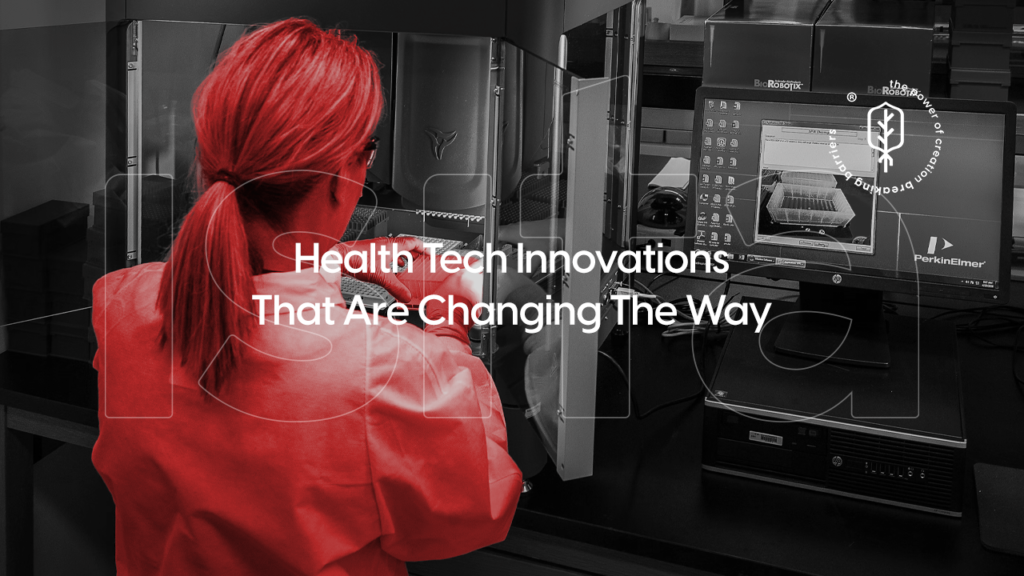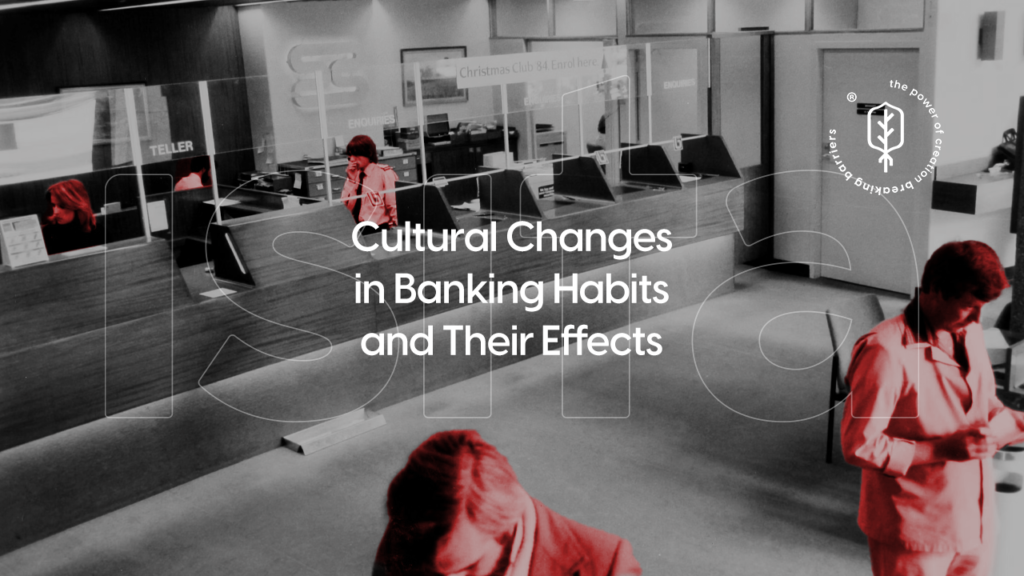In today’s data-driven landscape, organizations are embracing Artificial Intelligence (AI) at an unprecedented rate. AI models are revolutionizing industries, automating tasks, and generating valuable insights.
However, simply deploying an AI model isn’t enough. To ensure it delivers consistent value, you need to understand how it functions – its strengths, weaknesses, and potential pitfalls. This is where AI Observability solutions come into play.
Introduction to AI Observability
AI Observability is the practice of monitoring, analyzing, and understanding the behavior of AI models in production.
It goes beyond traditional monitoring metrics by providing a comprehensive view into the inner workings of your AI systems.
Imagine having a window into the decision-making process of your AI model, allowing you to identify biases, track data quality, and ensure it’s performing optimally.
Definition and Importance of Observability in IT Systems
Before diving deeper into AI Observability, let’s establish the foundation – observability in IT systems. Observability is the ability to gain insights into the health, performance, and behavior of a system based on the data it generates. Imagine a complex IT infrastructure like a black box.
Traditional monitoring tools might provide a few lights on the box indicating basic functionality (on/off). Observability, however, allows you to peer inside the box, identifying potential issues, bottlenecks, and optimizing its overall performance.
This principle holds true for AI models as well. Traditional monitoring might track basic metrics like model accuracy, but it doesn’t delve deeper. AI Observability solutions provide this internal view, enabling organizations to:
- Identify and address issues: Proactively identify and troubleshoot performance degradation, data drift, and model bias.
- Gain deeper insights: Understand the reasoning behind AI model decisions, fostering trust and transparency.
- Optimize resource allocation: Identify areas for improvement and optimize resource allocation for efficient AI operations.
Key Features of AI Observability Solutions
Now that we understand the importance of observability for AI models, let’s explore the key features offered by AI Observability solutions:
1. Real-time Monitoring
Continuously track key performance indicators (KPIs) like accuracy, precision, recall, and latency. This allows for immediate identification of anomalies or performance dips.
2. Data Quality Monitoring
Ensure the quality of data feeding your models. This includes monitoring for completeness, accuracy, and potential biases within the data.
3. Explainability (XAI)
Gain insights into how your AI model arrives at its decisions. This fosters trust and transparency, especially when dealing with critical decisions impacting stakeholders.
4. Model Drift Detection
AI models can degrade over time due to changes in underlying data patterns (concept drift) or variations in data quality (data drift). AI Observability solutions proactively detect such drifts, enabling timely intervention.
5. Predictive Analytics
Leverage machine learning algorithms to predict potential issues before they impact production. This proactive approach minimizes downtime and ensures consistent model performance.
6. Root Cause Analysis
When an issue arises, AI Observability solutions help pinpoint the root cause, streamlining troubleshooting efforts.
7. Alerting and Notification
Set up automated alerts to notify relevant teams of potential problems or performance deviations.
These features, combined, empower organizations to take a proactive approach towards managing their AI models, ensuring optimal performance and maximizing their return on investment (ROI).
Benefits of AI Observability
Investing in AI Observability solutions unlocks a multitude of benefits for organizations:
- Improved Model Performance: Identify bottlenecks and areas for improvement, leading to faster, more accurate AI-powered processes.
- Reduced Downtime: Proactively detect and address issues before they escalate, minimizing downtime and ensuring model availability.
- Proactive Issue Resolution: Shift from reactive troubleshooting to a proactive approach, allowing for faster issue resolution and improved operational efficiency.
- Enhanced Decision-Making: Gain deeper insights into model behavior to make data-driven and reliable decisions based on AI insights.
- Increased Model Uptime: Ensure your AI models are operational and delivering value consistently.
- Improved Fairness and Compliance: Monitor for bias and ensure your AI models are aligned with ethical considerations and regulatory compliance.
- Greater Trust and Transparency: Understand the reasoning behind AI decisions, fostering trust with stakeholders and end-users.
By leveraging AI Observability solutions, organizations can unlock the full potential of their AI initiatives, propelling them towards a future driven by data-powered insights and intelligent automation.
Steps to Integrate AI Observability into Your IT Infrastructure
Integrating AI Observability into your existing IT infrastructure isn’t always a straightforward process. Here are some key steps to consider:
- Define Your Observability Goals: Determine the specific aspects of your AI models you want to monitor. Focus on aligning your goals with overall business objectives.
- Choose the Right Tools: A variety of AI Observability solutions are available in the market, each with its own strengths and weaknesses. Here are some factors to consider when selecting a tool:
- Model Compatibility: Ensure the solution supports the types of AI models you’re using (e.g., deep learning, machine learning).
- Deployment Environment: Choose a tool that integrates seamlessly with your existing infrastructure, whether on-premise, cloud-based, or hybrid.
- Scalability: Consider the potential growth of your AI initiatives and choose a solution that scales to meet future needs.
- Feature Set: Ensure the tool offers the functionalities you require, such as real-time monitoring, explainability features, and alert management.
- Ease of Use: Evaluate the user interface and ensure your team can comfortably integrate the tool into their workflows.
- Data Collection and Instrumentation: This involves identifying and collecting relevant data from your AI models and infrastructure. This data could include model outputs, training data, system logs, and resource utilization metrics.
- Leverage existing monitoring tools to streamline data collection.
- Ensure data privacy and security are prioritized during the collection process.
- Establish Alerting and Notification Strategies: Define thresholds and triggers for when alerts should be sent to notify teams of potential issues. Prioritize alerts based on severity and potential impact.
- Integrate AI Observability tools with existing notification systems for a streamlined workflow.
- Continuous Monitoring and Improvement: AI Observability is an ongoing process. Regularly monitor your AI models, analyze collected data, and refine your approach based on insights gained.
- Conduct periodic reviews to assess the effectiveness of your AI Observability strategy and identify areas for improvement.
- Foster a culture of data-driven decision making within your organization, leveraging insights from AI Observability to optimize AI operations.
By following these steps, organizations can successfully integrate AI Observability into their infrastructure, gaining valuable insights into their AI models and fostering a data-driven approach towards achieving optimal performance and maximizing the value of their AI investments.
Conclusion: The Future of Observability with AI
AI Observability is rapidly evolving, and its future holds immense potential for organizations leveraging AI technologies. As AI models become more complex and integrated into critical business processes, the need for comprehensive observability will only become more crucial. Here are some exciting trends to watch out for:
- Automated Anomaly Detection: AI-powered tools will automate anomaly detection, enabling even faster identification and resolution of issues.
- Explainability as a Service (XaaS): Explainability features will become readily available as a service, making it easier for organizations to understand complex AI models.
- Integration with MLOps Tools: Seamless integration with MLOps platforms will streamline the development, deployment, and monitoring of AI models within a unified workflow.
By embracing AI Observability, organizations can unlock the true potential of their AI initiatives, ensuring responsible development, ethical considerations, and ultimately, driving success in the data-driven future.
Follow our new posts to learn more about AI and how AI Observability can empower your organization to make smarter decisions and achieve better business outcomes.



